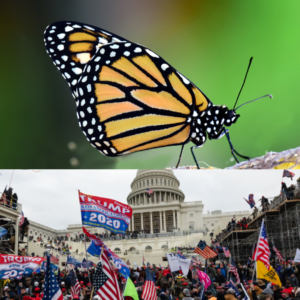Part 2 of a 10-part Series:
The Origins of Anti-Democratic Sentiment in America
“The property which every man has in his own labour, as it is the original foundation of all other property, so it is the most sacred and inviolable.”

“The property which every man has in his own labour, as it is the original foundation of all other property, so it is the most sacred and inviolable.”